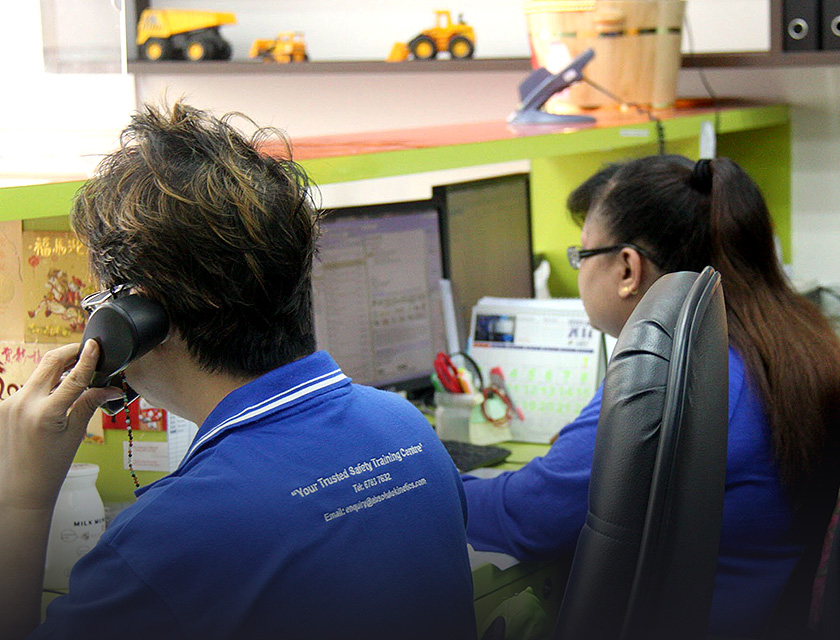Being a company that values staff welfare, new digital solutions were also geared towards engaging employees. AKC adopted Zoom teleconferencing for all staff, to allow them to stay connected while working remotely.
To further support staff working from home, AKC took up the Productivity Solutions Grant laptop bundle with Singtel as well. Using business-grade laptops, staff could continue working efficiently and securely without bringing back their physical work desks.
Additionally, an E-payroll and E-HR portal was implemented. The portal includes support channels for staff to login and discuss work or personal matters with department heads and peers.
“Through the portal, staff have an avenue to express their concerns and difficulties, or make suggestions for improving the company,” says Alvin. “They also have access to employment -related matters like accessing payslips and applying for leave online, without having to come down to the office.”
The firm also boosted its internal communications through an upgraded telephony system. The technology allows staff to link the software to their personal digital devices, and make internet-enabled calls from wherever they are. The upgraded system also caters to persons with disability (PWD) and mature workers, as there is an integrated loud mode option for the impaired.
“With the upgrade, staff now have the option of receiving calls from another personnel communication tool that they can choose to bring along with them,” notes Alvin. “It also allows them to set a “no disturb” option after office hours to maintain work-life balance.”
